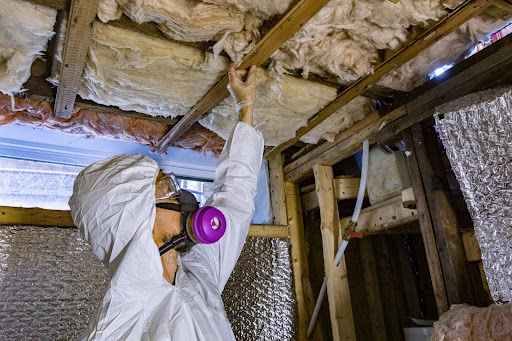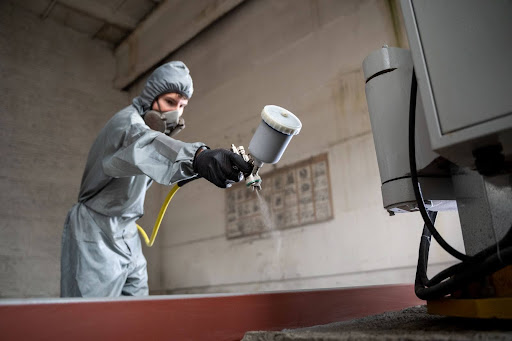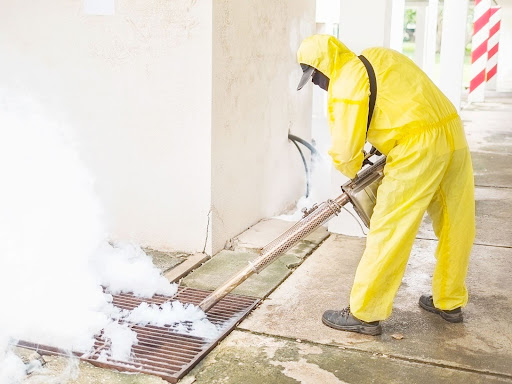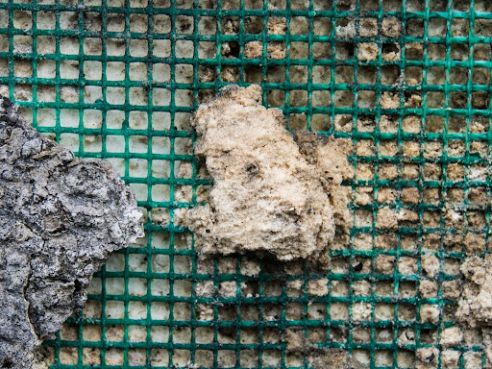Asbestos removal is a critical process for ensuring the safety of any building, whether it’s residential or commercial. But how much does it cost to remove asbestos? Understanding the price of asbestos removal is essential for property owners and managers alike, as it helps in budgeting for such a vital service. In this 2025 guide, we’ll break down asbestos removal costs, what factors influence the price, and the steps involved in the process.
Average Asbestos Removal Costs in 2025
The cost to remove asbestos varies widely based on several factors, including the type of material, the size of the area, and the complexity of the removal. In general, asbestos removal costs can be broken down into the following categories:
Interior Removal Costs
For removing asbestos from interior areas, such as walls, ceilings, or floors, costs generally range from $5 to $20 per square foot. This price can fluctuate depending on the accessibility of the material, whether the asbestos is friable (easily crumbled) or non-friable, and how much preparation is needed.

Exterior Removal Costs
When it comes to exterior asbestos removal, costs tend to be higher due to the complexities of working at height or the challenge of removing asbestos from siding or roofing. Prices can range from $50 to $150 per square foot, particularly when scaffolding or specialized equipment is needed.
Whole-Home Asbestos Removal
If your home or building requires full-scale asbestos removal, this can be a substantial investment. The total cost for a whole-home abatement can range anywhere from $5,700 to $15,000 or more, depending on the size of the property and the extent of asbestos contamination. For example, older homes with asbestos in several places (ceilings, insulation, floor tiles) may cost more to treat than newer homes with minimal asbestos materials.
Also Read: Is Asbestos Flammable?
Factors Influencing Asbestos Removal Costs

Several factors can impact the cost of asbestos removal, making it important to evaluate each situation carefully:
1. Material Type
Asbestos is found in different materials, some of which are more difficult to remove than others. For example:
- Friable asbestos (e.g., insulation, spray-on coatings) is more hazardous and costly to remove due to its tendency to release dangerous fibers into the air.
- Non-friable asbestos (e.g., floor tiles, roofing) is more stable and easier to handle, usually resulting in lower costs for removal.
2. Location and Accessibility
The location of the asbestos material can also influence the price. Hard-to-reach areas, such as attics, crawl spaces, and roofs, require more time and specialized equipment to access and remove. The more accessible the material, the lower the removal cost will generally be.
3. Disposal Fees
Asbestos waste is classified as hazardous material, so proper disposal is crucial. Disposal fees can range from $10 to $50 per cubic yard depending on the region and the disposal facility.
4. Geographical Location
As with many services, costs can vary based on the geographical location of the property. For instance, asbestos removal in large metropolitan areas may cost more due to higher labor costs, stricter regulations, and increased demand for services.
The Asbestos Removal Process

Understanding the steps involved can help you anticipate the process:
- Inspection and Testing: Certified professionals assess the area to identify asbestos-containing materials.
- Containment: The affected area is sealed off to prevent fiber spread.
- Removal: Specialized equipment and techniques are used to safely remove asbestos materials.
- Disposal: Materials are transported to licensed facilities for proper disposal.
- Post-Removal Testing: Air quality is tested to ensure the area is safe for re-entry.
Frequently Asked Questions
1. Can I remove asbestos myself?
While it may be tempting to handle asbestos removal on your own to save money, this is highly discouraged due to the significant health risks involved. Asbestos is dangerous when disturbed, and removing it improperly can lead to severe lung diseases. It is always recommended to hire certified professionals who have the necessary training and equipment to handle asbestos safely.
2. How do I find a certified asbestos removal contractor?
To find a certified asbestos removal contractor, you should look for contractors who are accredited by organizations such as the EPA or your local health department. Ensure they are licensed and have a proven track record of safely removing asbestos in your area.
3. What is the difference between asbestos removal and encapsulation?
Asbestos removal involves completely eliminating the hazardous material, while encapsulation is a process where the asbestos is sealed to prevent it from releasing harmful fibers. Encapsulation is usually less expensive but may only be a viable option if the asbestos is undisturbed and in good condition.
4. Will my insurance cover asbestos removal?
Insurance coverage for asbestos removal depends on the specifics of your policy. Some homeowners’ insurance policies cover asbestos removal if it’s part of damage caused by a covered peril (e.g., fire). However, it’s important to check with your insurance provider to see if removal is included.
What You Need to Know Before Removing Asbestos
Asbestos removal is a significant financial and safety investment, but it’s crucial to ensure that it’s done correctly. Costs can vary widely depending on the type of asbestos, its location, and the scope of the project. Always consult with certified professionals to assess your needs and obtain accurate estimates. By being informed and prepared, you can ensure that your asbestos removal project goes smoothly and safely. Remember, the health risks associated with asbestos are severe, so it’s worth the investment to have it removed properly.




